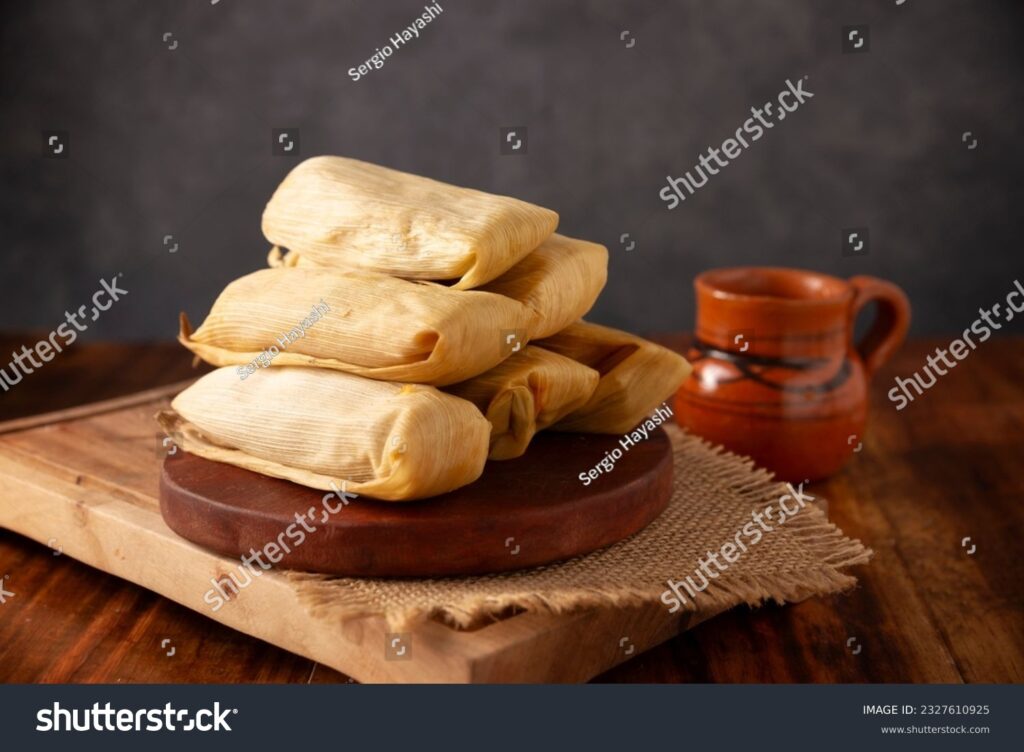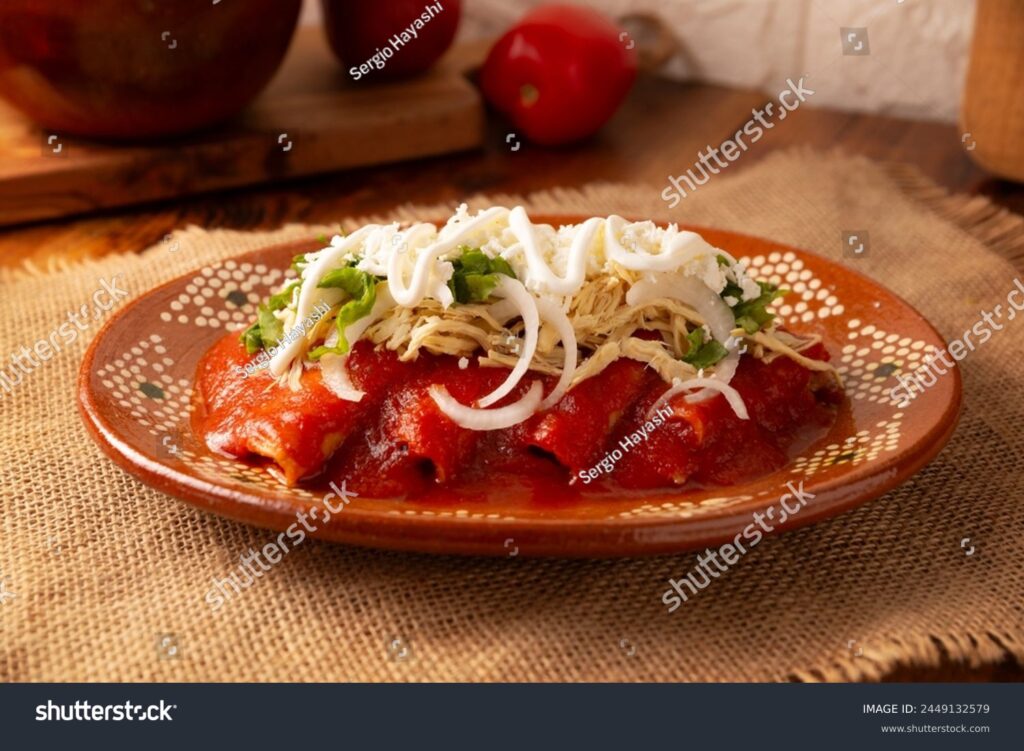A guide to Mexican cuisine
A guide to Mexican cuisine
The scent of sizzling chilies fills the air, mingling with the smoky aroma of freshly pressed tortillas on a hot comal. In Mexico, food is more than just nourishment—it’s a living tradition, a bridge between generations, and a testament to the country’s rich cultural heritage. From bustling street markets to quiet family kitchens, each dish tells a story, rich with indigenous roots and Spanish influence, shaped by generations of hands kneading, grinding, and stirring.
Tamales are among Mexico’s most iconic culinary traditions, a dish that has existed in some form for thousands of years. Wrapped in corn husks or banana leaves, they are a true craft, each bite unveiling a rich blend of masa, slow-cooked meats and fiery salsas.

In Oaxaca, black mole tamales enchant with their deep, chocolate-infused spice, while the Yucatán’s tamales colados offer a smoother, almost custard-like masa, gently steamed with expertise.
To truly grasp Mexican cuisine, you need to immerse yourself in its markets. At Mercado de San Juan in Mexico City, vendors call out their offerings: plump avocados, hand-stretched quesillo, and fragrant epazote piled high. The air vibrates with the sound of cleavers chopping through fresh cuts of meat, the rattle of molcajetes grinding chilies into salsa, and the lively exchanges of locals discussing the nuances of preparing chiles en nogada.
Further south, in the state of Puebla, mole poblano holds a place of honor. A dish of conquest and resistance, its origins are debated—some say it was the accidental creation of nuns, others argue it was a pre-Hispanic sauce adapted with colonial ingredients. What is undeniable is its intricacy: a rich, velvety sauce made from dozens of ingredients, including dried chilies, nuts, chocolate, and spices. The result is a deeply layered flavor that coats slow-braised turkey or chicken, served with a side of warm tortillas.
Street food, perhaps more than any other aspect of Mexican cuisine, embodies the country’s essence—vibrant, unpretentious, and immensely satisfying. At night, the streets of Guadalajara come alive with the hiss of tacos al pastor spinning on vertical spits, their marinated pork caramelizing in the flickering flames. A vendor deftly slices the meat, catching slivers of pineapple midair before tucking them into soft corn tortillas. Nearby, carts offering esquites—steaming cups of charred corn with mayonnaise, cotija cheese, and lime—draw clusters of late-night revelers, their conversations punctuated by the crunch of toasted grasshoppers, or chapulines, a delicacy dating back to the Aztecs.
Then there are the lesser-known yet equally appetizing dishes that grace the Mexican table, such as entomatadas, also known as enjitomatadas. This humble yet flavorful dish consists of corn tortillas gently bathed in a simple yet vibrant tomato sauce, then folded or rolled and topped with crumbled cheese, crema, and sometimes shredded chicken.

Unlike its spicier cousin, the enchilada, entomatadas offer a comforting, richly tomato-based taste that highlights the freshness of the ingredients. It is a dish that reflects the essence of Mexican home cooking—straightforward, nourishing, and deeply tied to the land.
Regional diversity defines Mexican cuisine, ensuring that no two meals are ever quite the same. In the arid landscapes of the north, carne asada dominates, grilled over mesquite wood and served alongside flour tortillas. On the coasts, seafood takes center stage—Baja’s fish tacos, Veracruz’s pescado a la veracruzana, and the Pacific’s aguachiles. Even the beverages tell a regional story, from the fermented corn drink tejuino in Jalisco to the smoky depths of Oaxaca’s mezcal.
For those who want to fully immerse themselves in the country’s culinary traditions, the Mexico Real Food Adventure by Intrepid Travel offers an unforgettable journey through the flavors and heritage of Mexico. The tour begins in Mexico City where travelers are led on a taco crawl that showcases the country’s favourite street food, setting the stage for an exploration of regional specialties across Oaxaca and Puebla.
In Mexico City, the experience begins at a renowned two-story bakery, where the aroma of freshly baked cakes, breads, and biscuits fills the air. Travelers then embark on a walking tour of the Centro Histórico, a vibrant district where colonial architecture meets modern-day urban life. Along the way, a visit to Mercado San Juan immerses travelers in a world of exotic produce, gourmet meats, and artisanal cheeses. This bustling market is where seasoned chefs and home cooks come to source the best ingredients. The tour pauses at one of the city’s top seafood stands, offering a chance to savor dishes like ceviche or shrimp tacos, paired with a refreshing agua fresca.
In Oaxaca, a city known for its rich gastronomy, travelers will visit bustling markets with a local chef, selecting fresh ingredients before diving into a hands-on cooking class. The experience is enhanced with a mezcal tasting, providing insight into the smoky, complex spirit that defines the region.
In Puebla, travelers will taste traditional dishes like chiles en nogada and tacos árabes, absorbing the fusion of indigenous and colonial influences that have shaped the city’s famous cuisine. A stop at Calle de los Dulces—Sweet Street—introduces the sugary taste of Puebla’s confectionary traditions, from cinnamon-dusted churros to delicate tortitas de Santa Clara.
Beyond the well-known cities, the tour also ventures to the community of San Pedro Tlahuac, where Nahuatl descendants preserve ancient farming techniques on chinampas—floating gardens that date back to the Aztec era. Here, travelers will witness time-honored agricultural methods and share a farm-to-table meal made with ingredients grown on these fertile plots.